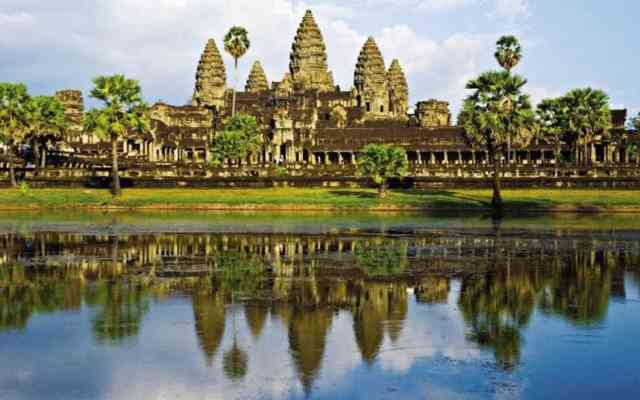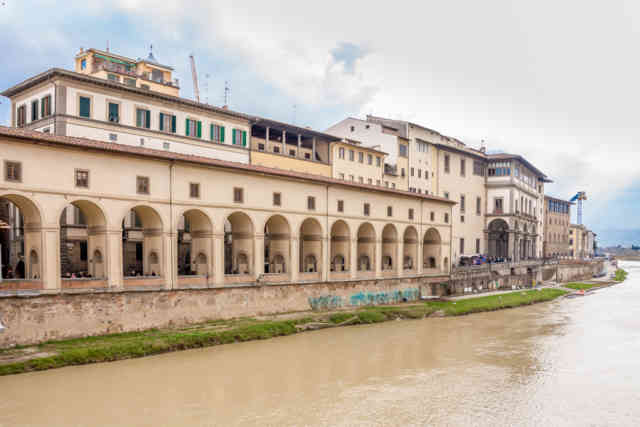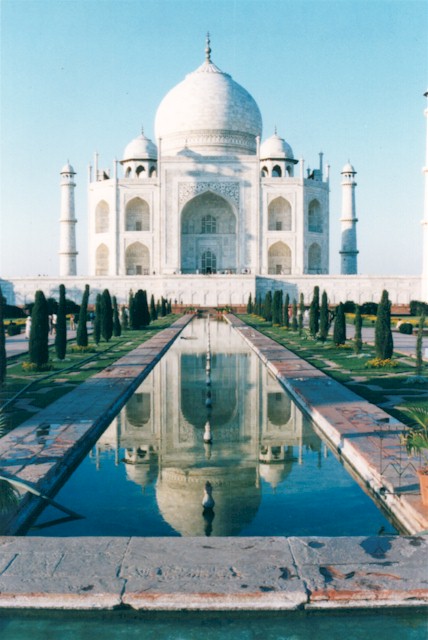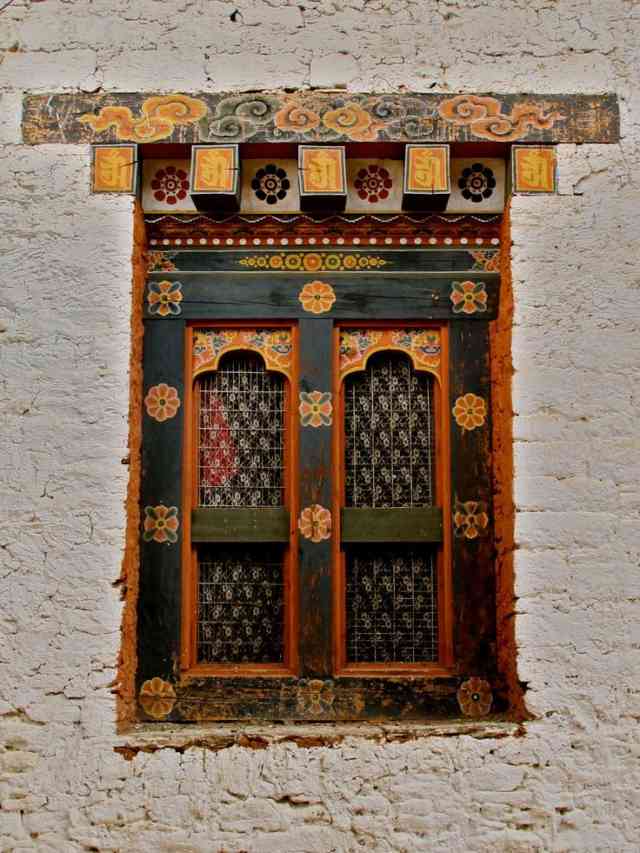For those who embark on Cambodia tours, one destination tends to stand out among all of the country's treasures: the legendary Angkor Wat. Part of the Angkor World Heritage Site established in 1992, this 12th century Hindu temple complex ranks among the most iconic structures in Southeast Asia, and is one of the most instantly recognisable symbols of Cambodia, featuring on the country's flag. Despite being visited by daily crowds, it retains its ancient aura of otherworldly grandeur and spiritual awe. Read on for an overview of its history and cultural significance.
The Beginnings of Angkor
The city of Angkor was once one of the most splendid and powerful civilisations in the region, and indeed lent its name to an entire period of Southeast Asian history. The temple that forms a highlight of many Cambodia tours today was just one part of this great urban centre, although in modern times it is the single most intact part of the ancient city. It was King Suryavarman II who commissioned it as part of his capital, envisioning an immense structure that was both a state temple for all citizens and an unmistakeable expression of wealth and power. The temple was dedicated to Vishnu, and incorporates many other gods and figures from the Hindu tradition. Among its impressive iconography can be found statues of Vishnu and bas-reliefs depicting scenes from the stories of his various avatars – most notably the national epic Ramkear (the Cambodian version of the Indian Ramayana).
Across the Centuries
Despite interruptions from wars and political upheavals through the ages, and the shifting fabric of Cambodian religion, Angkor Wat has always been considered a holy place. Though the ancient Hindu Khmer kingdom has transformed into the modern Buddhist Cambodia, this great temple has retained its important religious status. This transition has been eased by the multilayered relationship between Hinduism and Buddhism, and the two systems have much in common, including their general cosmology. Therefore, the original architecture and iconography of the temple, still on display for those who visit during Cambodia tours, were easily adaptable to an increasingly Buddhist nation – which Cambodia became in the centuries following Angkor's construction.
Angkor Wat in Modern Cambodia
Angkor Wat has seen few structural changes – beyond those wreaked by the elements and human conflict, and consequent restoration work – since its construction. An important exception is the once-open central shrine, which was converted to a walled Buddhist shrine in the 13th century. The majority of changes in the temple's use have been in terms of ritual: today's visitors will see orange-robed monks and Buddhist devotees, and although it is popular on Cambodia tours, the temple is even more important as a Buddhist pilgrimage site.










